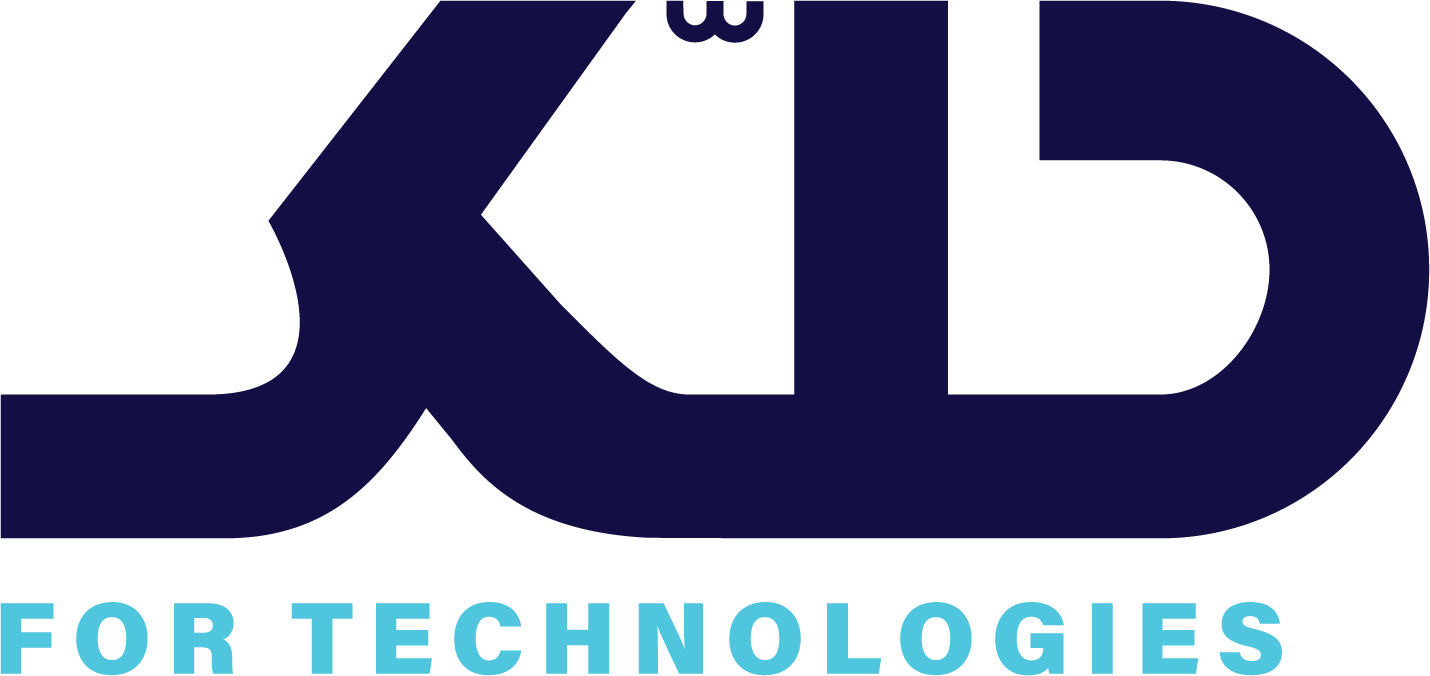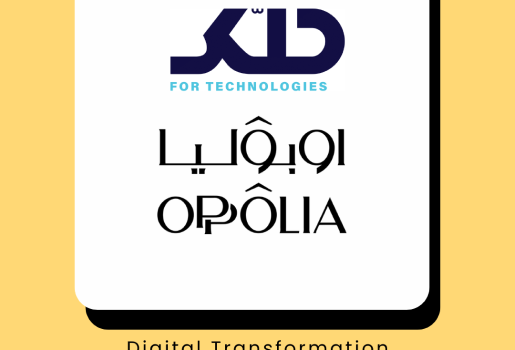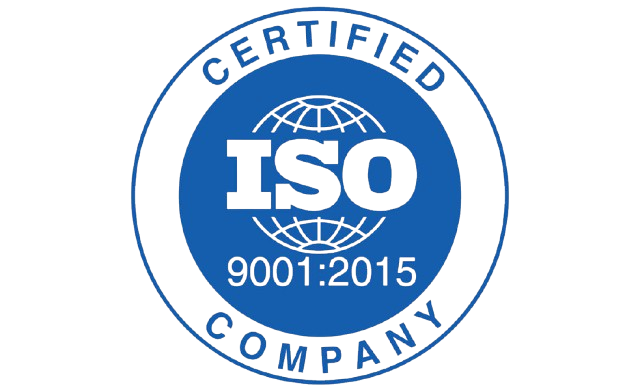Manpower Management System The Manpower Management System is a comprehensive tool for streamlining HR and administrative tasks. It includes an Employee Master for managing personnel records and an Attendance Calculation Module with multilevel approval workflows for accurate tracking. Invoice Generation, linked to employee rates and attendance, simplifies billing, while Payroll Management ensures compliance with Saudi Labor Law. The system also features modules for Leave Management and Asset Management, along with an Expiry Reminder for critical deadlines. It supports CRM operations, enhancing customer relationship management and efficiency. Additionally, the system includes Mobilization and Demobilization modules to streamline onboarding and offboarding, and a Purchase Order Generation module to automate procurement tasks, making it an all-encompassing solution for workforce administration. In this case study we will be talking about Manpower Management System with Books integration About System The Manpower Management System streamlines HR and administrative tasks, including attendance, payroll, asset management, CRM, and procurement, ensuring compliance with Saudi Labor Law and enhancing overall efficiency and productivity Overview Comprehensive Manpower Management System Modules for HR and administrative tasks Employee Master database Attendance Calculation with multilevel approval Invoice Generation linked to rates and attendance Payroll Management compliant with Saudi Labor Law Leave and Asset Management modules Expiry Reminder for critical deadlines CRM operations for customer relationship management Mobilization and Demobilization features Purchase Order Generation for streamlined procurement. Executive Summary The Manpower Management System, developed by Hallek Information Technology, stands as a sophisticated solution engineered to revolutionize HR and administrative operations within organizations. Its intuitive interface and customizable modules cater to the diverse needs of modern workplaces, offering a robust Employee Master database as its cornerstone. This database ensures the seamless management of personnel records, complemented by advanced features such as the Attendance Calculation module, which incorporates multilevel approval workflows to ensure accurate tracking of employee attendance. Moreover, the system’s Invoice Generation capability, intricately linked to employee rates and attendance data, simplifies the billing process while adhering rigorously to Saudi Labor Law standards. Aligned with the stringent compliance requirements of Saudi Labor Law, the Payroll Management module within the Manpower Management System guarantees precision in salary disbursement. Beyond this core functionality, the system encompasses a suite of supplementary features tailored to enhance organizational efficiency. From Leave and Asset Management modules to an Expiry Reminder system for crucial deadlines, the platform empowers users with tools to navigate complex administrative tasks effortlessly. Furthermore, the integration of CRM operations, Mobilization and Demobilization functionalities, and a Purchase Order Generation module further solidify its position as a comprehensive solution for modern workforce administration. In essence, the Manpower Management System represents a paradigm shift in workforce management, fostering compliance, efficiency, and productivity within organizations. “Hallek Information Technology’s Manpower Management System on Zoho Creator is a game-changer! Seamlessly integrating Zoho’s powerful platform with innovative features, it revolutionizes manpower management. The user-friendly interface simplifies operations, from employee scheduling to payroll processing. Its robust analytics provide invaluable insights for strategic decision-making. With customizable modules, it adapts to diverse organizational needs effortlessly. Efficient, reliable, and cost-effective” Mohammed Kudus HR & Admin In charge Hubrum,KSA Problem statement and key Challenges In today’s dynamic business landscape, organizations grapple with the inefficiencies of fragmented systems for HR and administrative tasks, hindering productivity and compliance. The complexities of adhering to Saudi Labor Law further compound these challenges, necessitating a comprehensive solution to streamline processes and ensure regulatory compliance. Key Challenges: Fragmented Systems: Organizations struggle with disparate systems for HR and administrative tasks, leading to inefficiencies and data silos. Compliance Complexity: Adhering to Saudi Labor Law presents a challenge due to its intricate regulations, requiring continuous updates and meticulous attention to detail. Resistance to Change: Employees may resist adopting new technology, hindering the successful implementation and utilization of the Manpower Management System. Data Security Concerns: Handling sensitive employee information raises concerns about data security and privacy, necessitating robust measures to ensure confidentiality and integrity. Integration Issues: Integrating the Manpower Management System with existing organizational structures and workflows poses challenges, requiring customization and adaptation to meet diverse operational needs. Addressing these challenges requires a comprehensive approach that not only streamlines processes but also fosters organizational agility and compliance. By overcoming these obstacles, organizations can unlock the full potential of the Manpower Management System, driving efficiency, productivity, and regulatory adherence in today’s competitive business environment. Evaluation of the problem Fragmented Systems Impede Efficiency: The use of disparate systems for HR and administrative tasks creates inefficiencies, leading to data duplication, communication barriers, and increased manual effort. This fragmentation hampers productivity and obstructs seamless coordination across departments. 2. Complexities of Regulatory Compliance: Adhering to Saudi Labor Law presents intricate challenges, as organizations must navigate a labyrinth of regulations and requirements. Ensuring compliance becomes a daunting task, with the potential for errors and legal repercussions if regulations are not accurately interpreted and implemented. 3. Resistance to Technological Change: Employees may exhibit resistance to adopting new technology due to concerns about disruption to established workflows or apprehensions about learning new systems. This resistance slows down the adoption and utilization of modern solutions, prolonging reliance on outdated processes. 4. Data Security and Privacy Risks: Handling sensitive employee information raises significant data security and privacy concerns. Without robust measures in place, organizations risk data breaches, privacy violations, and reputational damage, underscoring the importance of stringent data protection protocols. 5. Integration Challenges: Integrating disparate systems poses technical challenges, requiring customization and alignment with existing organizational processes. Missteps in integration can disrupt operations, exacerbate inefficiencies, and impede the realization of desired outcomes. 6. Lack of Unified Data Management: Fragmented systems result in disjointed data management practices, making it difficult to maintain data integrity and consistency. This lack of a unified approach to data management further complicates decision-making and analysis, hindering organizational agility. 7. Operational Disruptions and Inefficiencies: Overall, the problems associated with fragmented systems culminate in operational disruptions and inefficiencies, hindering the organization’s ability to adapt to changing business needs and limiting its potential for growth and innovation. Addressing these challenges requires a comprehensive approach that integrates..








